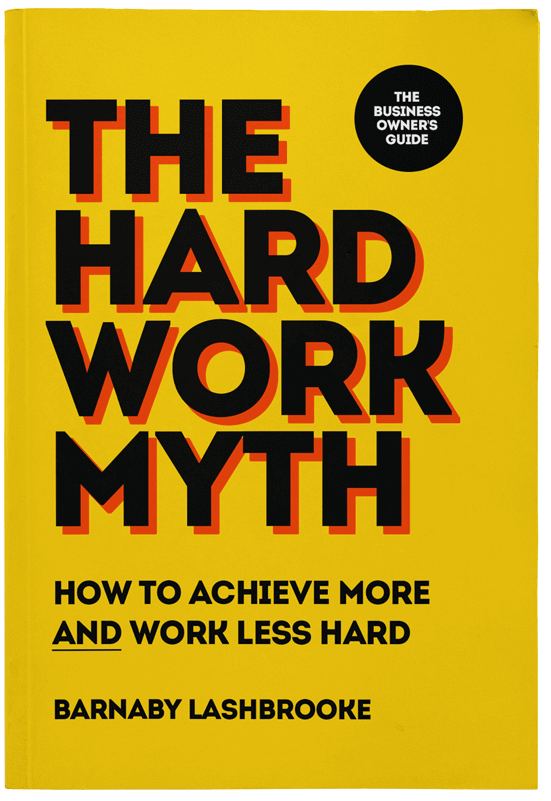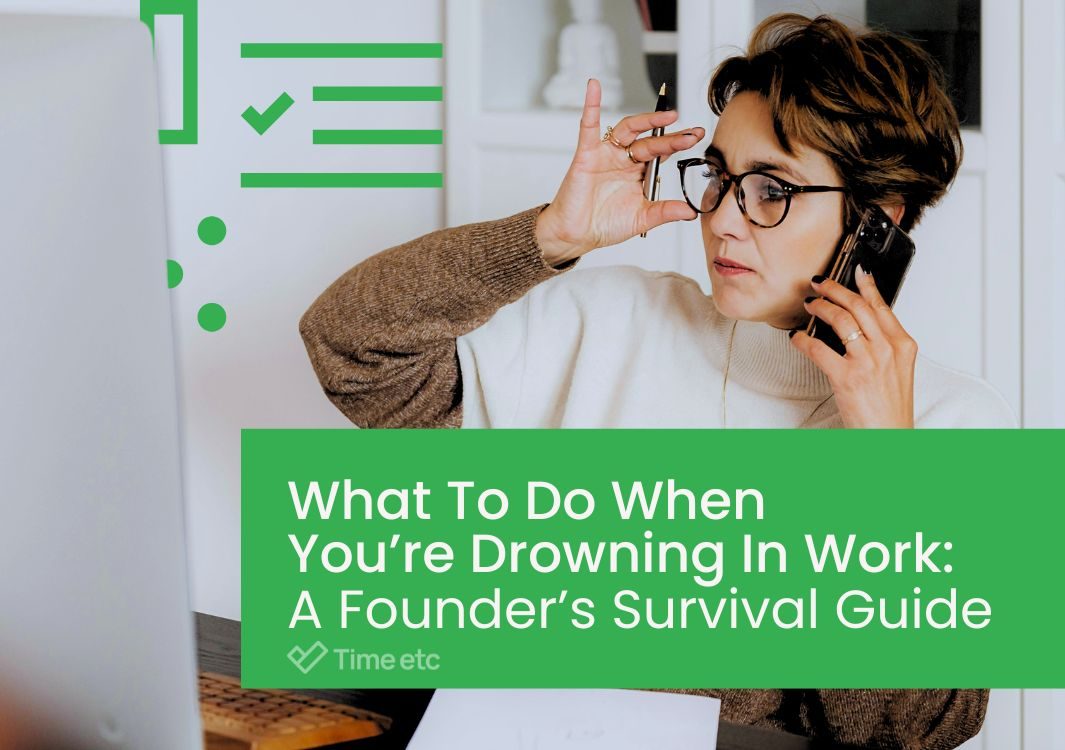Content: everyone’s creating it. Yet those who work with words for a living know that writer’s block can strike at any time. Moreover, creating engaging content week in and week out is no easy feat. Creativity can’t be forced.
Great ideas will never come from staring at a blank page or storyboard. The best content creators draw on clever strategies for when deadlines are looming and the well appears dry.
60% of companies admit that they find it difficult to produce content consistently
|
Crafting a workable content marketing strategy, focused on your customers’ pain points and needs, is a great place to start your content journey. There are lots of choices you’ll need to make with no right answers: Should we prioritize video content or written? Short or long form articles? What platforms should we publish on? Do we need a podcast? A blog? Some element of trial and error is an inevitability until you hit on a formula that works.
Because the path your business should be taking is far from obvious, one of the most common frustrations for creators stems from having poorly defined goals and no clear route to the objectives we want to achieve, which is a great place to begin...
How to develop a content strategy
"The trouble with not having a goal is that you can spend your life running up and down the field and never score." – Bill Copeland
Many think that a regular stream of content published on your website is a desirable thing. After all, the Google gods hike websites with original, freshly updated content up the rankings, right?
While this is true, creating content solely for the sake of search engine optimization (SEO) is an opportunity to truly engage your audience – both current and future customers – wasted. Much copy written solely for SEO is low quality and repetitive.
Before you even open a document and start typing, you need to understand why you are investing time and effort into content creation at all. Content marketing has a really important function beyond SEO: to move customers or clients along the buyer journey, to help you close or make sales faster, and to keep existing customers loyal and coming back for more.
A purpose or mission, coupled with precise, high-quality content can make a real difference. Quality should always trump quantity.
Another starting point for your strategy should be your customer. Too much content produced by businesses is all about them, and very little about the intended consumer of that content. Avoid this common trap by being wholly customer-centric in your content planning: what do they care about, what concerns/irks/angers/annoys them, and therefore why do they need you?
Some of the content you produce will need to convince people they even have a problem and need you at all.
Understanding your audience
“Don’t just create content to get credit for being clever — create content that will be helpful, insightful, or interesting for your target audience.” – David Ogilvy
Understanding who your customers are will help you to create more focused, engaging content. If you know what interests them, you’ll know how to get their attention.
One way to do this is to create buyer personas. These are descriptions of your ideal customer based on data and research that can help you narrow your content marketing and attract quality leads.
Companies and marketers use various different methods to paint a clearer picture of who their customers are or ought to be, such as surveys, interviews and focus groups with past, present and future customers, and by looking at the customer data they already have (though this may be the least accurate).
There are also marketing technology (martech) platforms that offer customer persona data, though, again, be wary about its accuracy. Some available persona data is based on social media profiles that are not always up to date or especially useful. Talking to your customers and clients and people in your target demographic is typically the best way to get quality feedback and insight.
When researching or surveying customers, it may help you to understand how they consume content by asking questions such as:
- How old are they?
- What do they do for a living?
- How do they talk? (terms, expressions, vocabulary)
- What magazines and websites do they read?
- What social media platforms do they use regularly?
- What kind of hobbies might they have?
- Where do they live?
- What motivates them to sign up to an email newsletter? What are they looking for?
- In what ways do they access content? Phone, laptop, magazine, etc.
Once you’ve begun to craft a persona for your ideal customer, you can start to think about writing for them. Every piece of content, from a single sentence on your website to a 10-page report has to keep these people in mind.
The easiest way to get this data is invest in surveys and market research to work out the attitudes and pain points of your customers.
You can ask all kinds of questions to work out how your desired demographic thinks, acts and interacts with companies and content so you have some hard data to refer back to when you think up your ideas and start writing.
See: How A Virtual Assistant Can Help You With Research
FAQs
- Q: I could literally sell my product/offer my service to anyone. How do I appeal to everyone?
A: You can’t. Your content marketing will only be successful if you pick an audience and create a strategy to suit that audience. If you try to be all things to all people, nothing will resonate.
- Q: How do I actually apply all this information to my writing?
A: If your target audience is, say, middle-income homeowners between the ages of 40 and 55, then you can do deeper research to understand how and where they consume content and interact with services or products like yours. You can also look at other brands aimed at that audience. And you can pitch your copy and content accordingly.
- Q: I have far too many customer ‘types’, which ones do I write for?
A: To start with, you probably want to look at the largest and easiest to access group. If you have different profiles for each media type, such as print media for older audiences and video for younger ones, then you can tailor each release to be fit for purpose.
Read before you write
“If you don't have time to read, you don't have the time (or the tools) to write. Simple as that.” – Stephen King
When you’re faced with a tight deadline and lots of targets to hit, it feels like any time you aren’t spending directly working on a content project is wasted. But creativity isn’t a tap that you can just turn on.
If you want to be a good creator, then you need to be a consumer of content first. Engaging with content isn’t just a good way to get inspired and push past a writer's block, it’s useful research: what’s bad, what’s good, what could you do better?
While checking out content produced by competitors can be useful, studies suggest that just the act of reading itself can be incredibly beneficial to your mental state, and you’ll find it sparks (often a flurry) of new ideas.
One study found that reading a novel can lead to short and long-term improvement in brain processes linked to comprehension and perspective taking.
|
So next time you don’t know what to write, read.
Find your hook
“We need to stop interrupting what people are interested in and be what people are interested in.”– Craig Davis
What makes you read the things you read? What advertisements grab your attention? Why did you watch the last video you saw? Something drew you in.
The best way to draw readers in is to keep your content relevant and timely. What’s going on in the world that you could (sensitively) hook your content on? If something is fresh in people’s minds, they’re more likely to click. The best content has a sell by date. And, most important of all, does your content speak to your customer?
On the average web page, users have time to read at most 28% of the words during an average visit; 20% is more likely.
|
One of the best ways to keep your content fresh and exciting for your audience is to write like your audience, understand their issues and do your best to address them while sounding like a human, rather than a corporate entity (businesses selling to other businesses (B2B) often make this mistake).
While your hook isn’t just your headline, it certainly helps to know how to create a title that will catch the eye. A great headline is your first impression and it’s what makes the difference between being read and being ignored.
Different headlines will work for different platforms and you need to keep in mind what people are looking for when they go to Twitter, Facebook, LinkedIn or any other site.
Research and analysis on over 100 million headlines by BuzzSumo found that the content titles that get the most engagement on Facebook begin with “X will make you” or “this is why”.
Why are these formats so effective? Because you're not just announcing; you're telling the reader why they should care about the article and letting them know what to expect. They know it will be relevant to their interests and worthy of engaging with.
On Twitter, the most successful content headlines are similarly punchy and to-the point with titles such as “this is what” and “for the first time”.
Although there is no secret formula for success, almost all the top-ranking headlines are succinct and tell people why they should engage with a piece before they open it.
Be clear, focus on why people should care, pique curiosity and if you aren’t going for an emotional angle, try to make your content sound as useful to your reader as possible.
Find your voice
“The job of your voice is not to seduce or flatter or make well-shaped sentences. In your voice, your readers should be able to hear the contents of your mind and your heart.” – Meg Rosoff
But a content creator’s work doesn’t stop there. Next, you’ll need to develop your brand voice and feel comfortable owning that voice consistently in your content. There’s a good reason for this: customers will come to recognize it and associate your brand with your corner of the market.
Great content isn’t just about beautiful graphics or a well-crafted prose, there’s also a crucial human element. People don’t want companies to sound like chatbots. Even if you're selling software or financial advice, it's still people you're convincing to buy.
Don’t be afraid to show personality. Use it to differentiate yourself from the competition. A strong, authentic and consistent brand is a memorable brand.
86% of consumers say authenticity is important when deciding what brands they like and support, while 57% think that less than half of brands create content that resonates as authentic.
|
Start with three ‘personality’ traits to describe your brand. Maybe you are wise, calm and dependable? Perhaps you are passionate, quirky and fun? Then work on building a lexicon or ‘house style guide’ of words and phrases that you’re happy using because they reflect your personality, and those to avoid (jargon, idioms, industry speak, acronyms).
This is an ongoing process that will need to be regularly workshopped and tweaked to ensure everything lines up and is consistent with other work but, above all else, aim to keep your copy real and human.
Repurposing content
“Recycle today for a better tomorrow.” – unknown
Some content is more ‘evergreen’ than timely content pegged on news, while more nuanced issues will always have a short lifespan. But there will be sections from articles you’ve written, such as expert comments, data and tips that can and should be repurposed for different content formats.
If you’ve written a lengthy report based on a survey commissioned by your company, don’t stop there. You could be getting scores more pieces of content out of that same survey: infographics, images and snippets for social media, blogs revealing gender or age splits that there wasn’t space for in the full report, videos with reactions to the data from business leaders.
Mix up your media. Effective (and still time-saving) content recycling comes from transforming your piece into something new entirely. A blog post that did really well for you could be turned into a short video where you gather the opinions of others on the topic as a ‘round up’ feature. Or you could host a roundtable and record the audio, where a panel of experts discuss the same issue.
There are so many formats to explore, from webinars to white papers. Squeeze more out of every piece of content you write by thinking creatively about how people consume media. Someone who has signed up to receive your monthly newsletter may be more likely to read long-form reports and articles, whereas someone who follows you on Twitter may be happier with punchy, powerful one-liners drawn from those reports.
Make it easy for yourself
One of the best moves I ever made when it comes to content marketing, was to outsource the researching, proofreading and writing of the majority of the content we produce here at Time etc to several of our talented Virtual Assistants.
I found that delegating most of the hard work involved in the production of content meant that I was able to create a reliable content machine that didn't rely on me doing anything - and, crucially, this meant we were able to produce content consistently - something that's very important if you want to succeed with content marketing.







